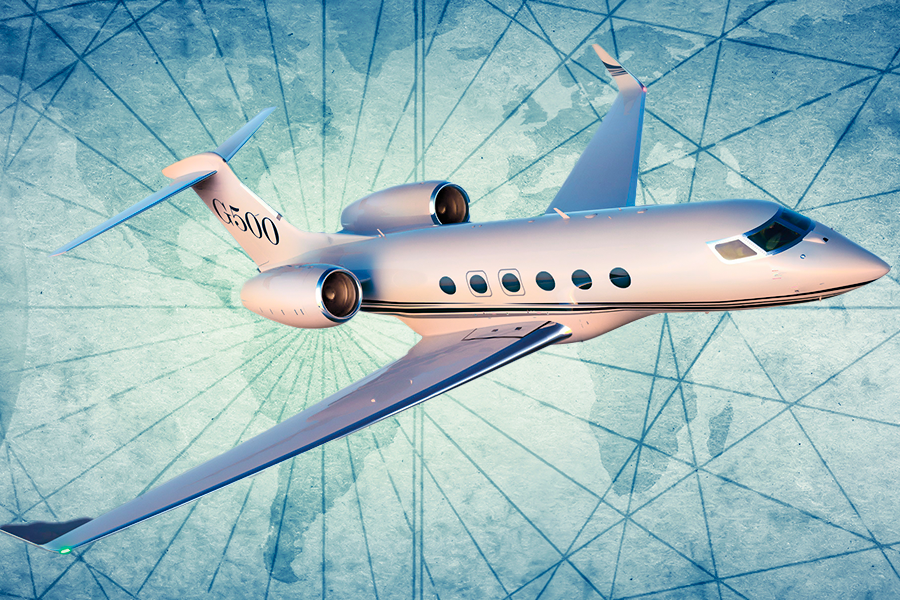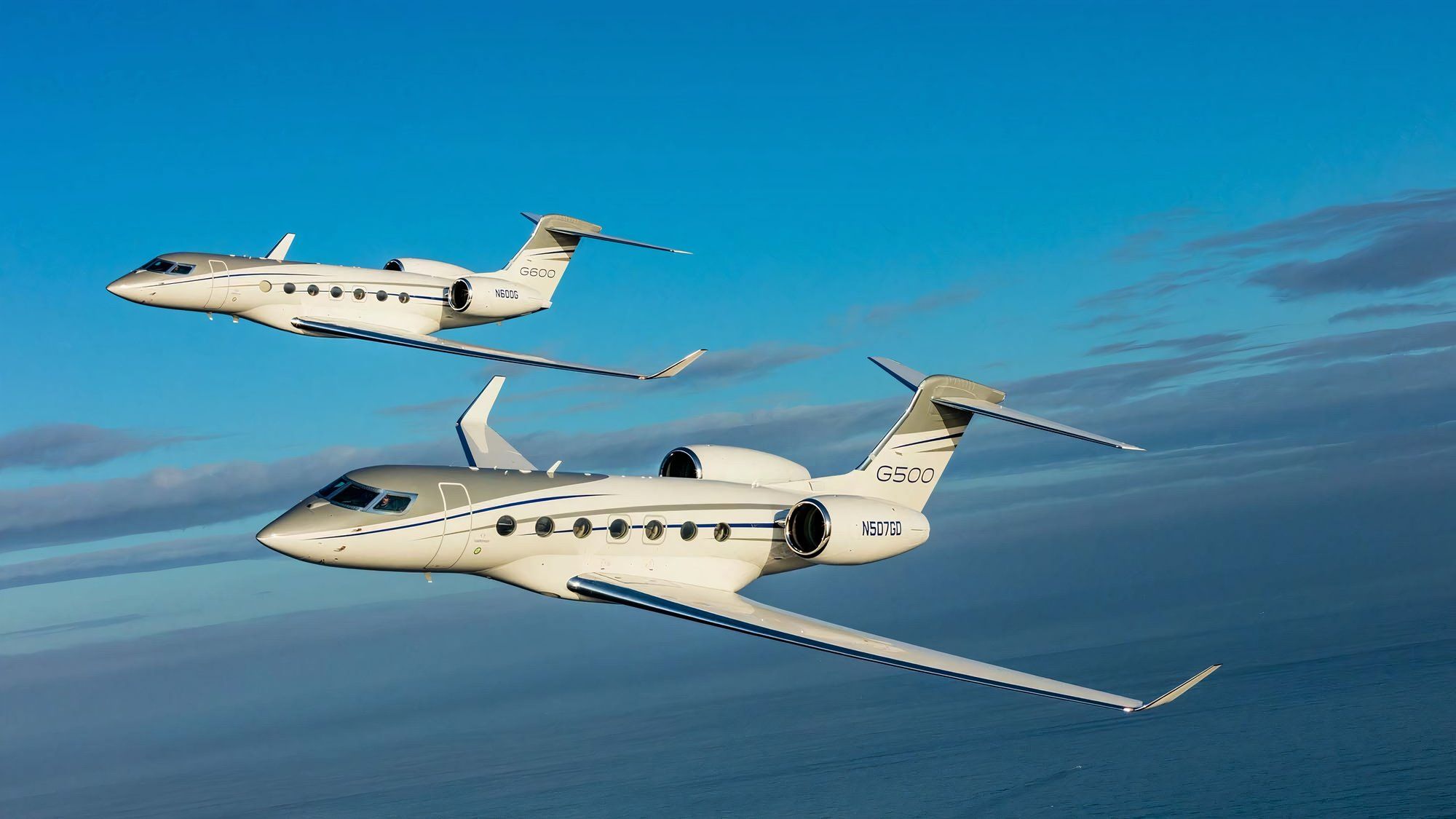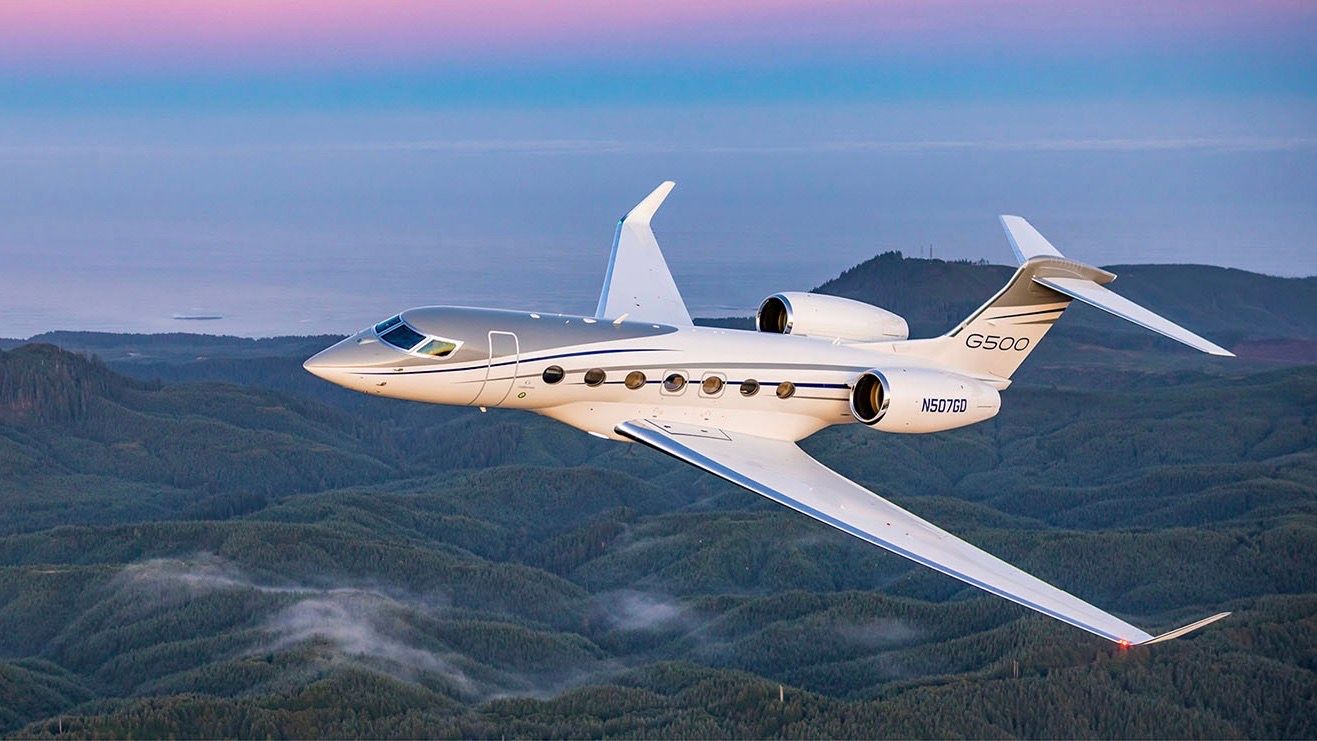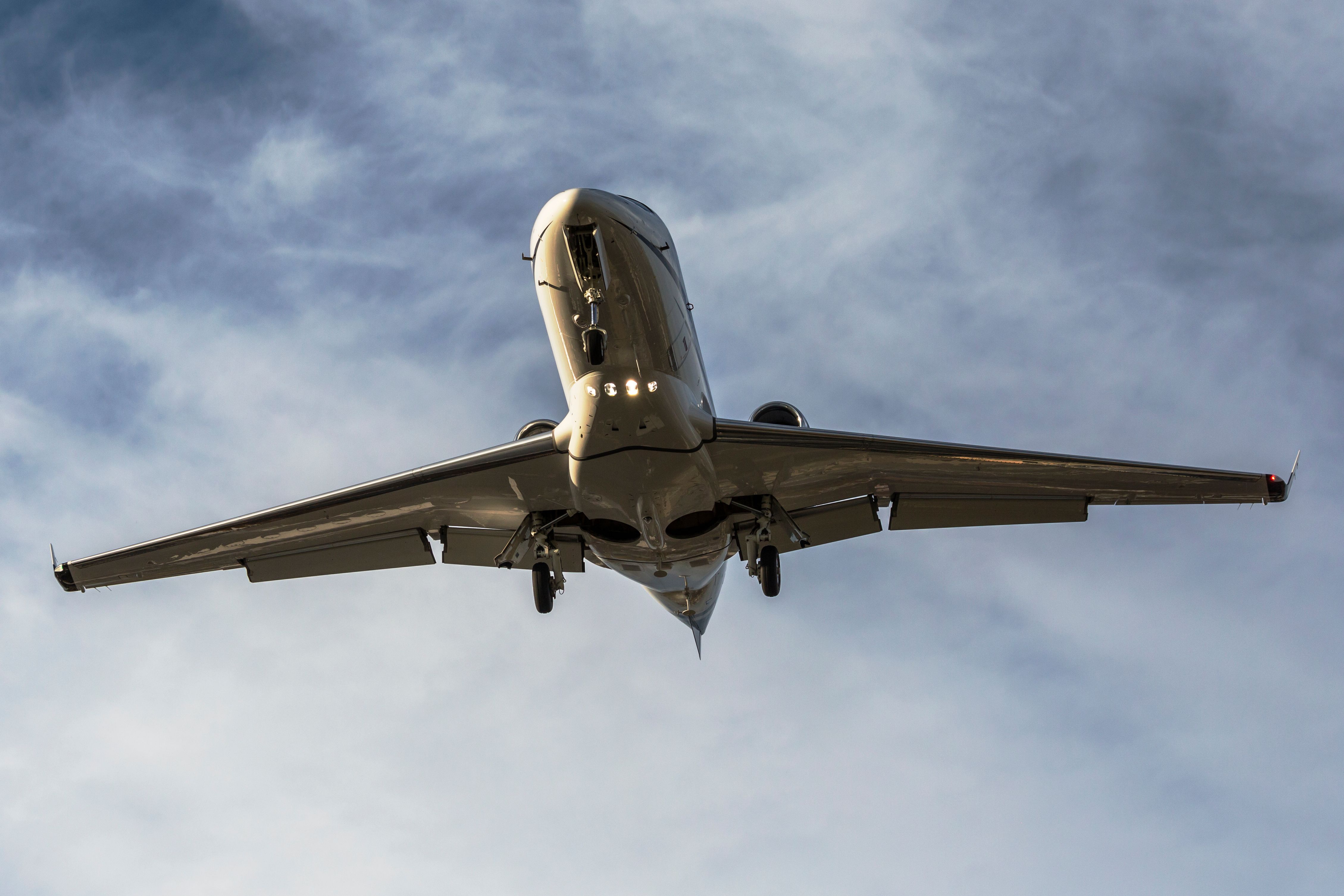Summary
- The G500 and G600 jets from Gulfstream both surpassed 100,000 flight hours, showing strong industry demand and utilization.
- These aircraft have similar features, like a supercritical wing design and avionics systems, but the G600 is slightly larger.
- President Mark Burns highlights the durability and performance of these award-winning aircraft, showcasing their impressive capabilities to customers worldwide.
On Thursday, June 13, Gulfstream Aerospace announced a significant milestone in two of its clean-sheet aircraft. The company announced that the G500 and the G600, two of the company’s most successful private jets, have each surpassed 100,000 fleet flight hours. The G500 was first entered into service in September 2018, and the G600 was entered into service in August 2019. This milestone shows how frequently these aircraft are utilized in the private aviation industry.
New milestone
The G500 and the G600 are similar aircraft, as they share the same fuselage cross-section. However, the G600 is just over five feet longer than the G500. The two aircraft also share the same style of wing, which is a supercritical design that is similar to the successful G650. However, the G600 has a wingspan that is about eight feet wider than the G500. Other similarities include similar engines and avionics systems.

Related
The Top 5 Longest Range Private Jets From Gulfstream
These business jets will take you where you need to go with minimal fuel stops.
These aircraft were unveiled at the same time, in October 2014. The two aircraft also entered service within a year of each other. The G500 achieved 100,000 total flight hours in just under six years, whereas the G600 reached 100,000 flight hours in five years. The President of Gulfstream, Mark Burns, spoke about the achievement. Burns stated,
“Our award-winning G500 and G600 continue to demonstrate impressive performance. This achievement is a result of the strong demand and high flight activity we’re seeing from customers around the world. Having exceeded 100,000 flight hours further reiterates the durability and dependability of the G500 and G600.”
About the G500
As previously mentioned, the G500 was unveiled in October 2014. It flew for the first time in May 2015 and was introduced in September 2018. The G500 can fit 19 passengers in its cabin, which is about 41.5 feet long. It is powered by two Pratt & Whitney Canada PW814GA engines, each providing over 15,000 total pounds of thrust. The G500 utilizes a digital fly-by-wire system for its flight controls and utilizes several systems from the G650, such as cabin pressurization, landing gear control, and more. The cockpit is powered by the Honeywell Symmetry Flight Deck avionics system. This avionics system is equipped with BAE Systems active sidesticks instead of the traditional yoke.
Photo: Gulfstream Aerospace
The aircraft has the following specifications:
|
Length |
91 feet two inches |
|---|---|
|
Height |
25 feet six inches |
|
Wingspan |
86 feet four inches |
|
Maximum takeoff weight (MTOW) |
79,600 pounds |
|
Maximum speed |
Mach 0.925 (611 miles per hour) |
|
Cruise speed |
Mach 0.85 (561 miles per hour) |
|
Range |
5,300 nautical miles (6,100 miles) |
About the G600
The G600 was developed slightly behind the G500. Although it was introduced on the same day as the G500, it flew for the first time over a year after the G500 first took flight, in December 2016. It was officially introduced in August 2019. The G600 can also fit 19 passengers, although it has a fuselage that is five feet longer than the G500. It utilizes similar fly-by-wire controls and the same avionics system as the G500. However, it is powered by a slightly larger engine, the Pratt & Whitney Canada PW815GA. These two engines provide the aircraft with nearly 16,000 pounds of thrust.
Photo: BlueBarronPhoto | Shutterstock
The aircraft has the following specifications:
|
Length |
96 feet one inch |
|---|---|
|
Height |
25 feet three inches |
|
Wingspan |
94 feet two inches |
|
Maximum takeoff weight (MTOW) |
94,600 pounds |
|
Maximum speed |
Mach 0.925 (611 miles per hour) |
|
Cruise speed |
Mach 0.90 (594 miles per hour) |
|
Range |
6,600 nautical miles (7,595 miles) |



